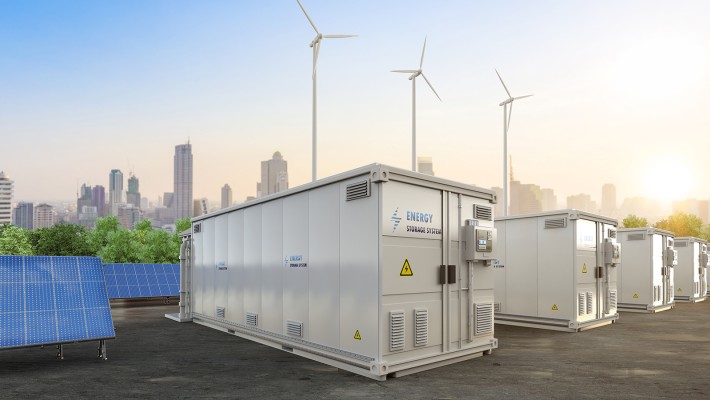Freight Forwarder Insights
Huin International Logistics Latest Articles
Understanding Stationary Energy Storage and Its Mechanisms
In the past year, global solar installations surpassed 100 GW, encompassing an area that could cover one-tenth of Puerto Rico within just a single year. Similarly, the pace of installing both onshore and offshore wind turbines is accelerating.
While this marks significant progress, it also presents a new challenge. In specific regions, the newly installed solar and wind capacities are likely to produce electricity simultaneously with existing solar arrays. This scenario can generate surplus electricity from renewable sources at certain times of the day, while leaving periods without any production when sunlight and wind are unavailable. Therefore, the critical issue is how to capture and store this excess energy for future use.
This is where stationary energy storage technologies become vital, playing an essential role in the future energy infrastructure. To enhance your understanding of energy storage technologies, let's address four common questions.
Question #1: Why are stationary energy storage technologies necessary? The pattern of daily electricity production often doesn't align with consumption needs. Furthermore, renewable energy sources are inherently inflexible and cannot be dispatched to meet dynamic consumer demands.
Though traditional power plants and grid interconnections will continue to be important, energy storage systems are emerging as the key solution for this flexibility challenge. Advances in battery technology and declining costs are propelling the growth of stationary energy storage technologies.
Question #2: What constitutes a stationary energy storage system? A stationary energy storage system stores energy and releases it as electricity when needed. Typically, such a system includes a battery array, an electronic control system, an inverter, and a thermal management system, all housed within an enclosure.
Unlike fuel cells that generate electricity autonomously, energy storage systems require charging to supply electricity when needed.
Question #3: How does a stationary energy storage unit operate? At the core of stationary energy storage systems are batteries and an electronic control system. Batteries store energy in the form of chemical energy, with lithium being the most commonly used element.
Here’s a simplified explanation:
Discharging: Lithium ions and their electrons are stored at one end of the battery. As electrons move through a circuit to provide electricity, positively charged lithium ions shift to the opposite end. Discharging continues until all lithium ions have relocated. Charging: An external source supplies electricity, driving electrons into the battery. These electrons combine with positively charged lithium ions, causing them to move back to their original position, thereby completing the charge cycle. The electronic control system manages the charging and discharging processes, as well as the thermal management system. It also coordinates with external devices to ensure smooth operation.
The inverter converts the battery’s direct current (DC) into alternating current (AC), which is the standard for most homes, offices, and the utility grid. The thermal management system keeps the system's temperature in check, preventing any operational disruptions due to heat.
Question #4: Where are stationary energy storage solutions utilized? Economic feasibility primarily drives the adoption of stationary storage solutions. High local electricity prices, low infrastructure resiliency, and the critical nature of business operations are significant factors. Two primary customer segments are emerging as early adopters:
Utilities, power producers, and grid operators: This sector already has significant installed capacity. Energy storage solutions help tackle challenges like intermittent renewables, peak demand, and brief outages. Commercial buildings: Businesses with high energy costs or critical operations are more likely to adopt energy storage solutions. Additionally, stationary energy solutions can ensure uninterrupted power supply during outages, bridging the gap until backup generators activate. These solutions can react immediately to load changes, offering benefits where traditional systems might fail.
